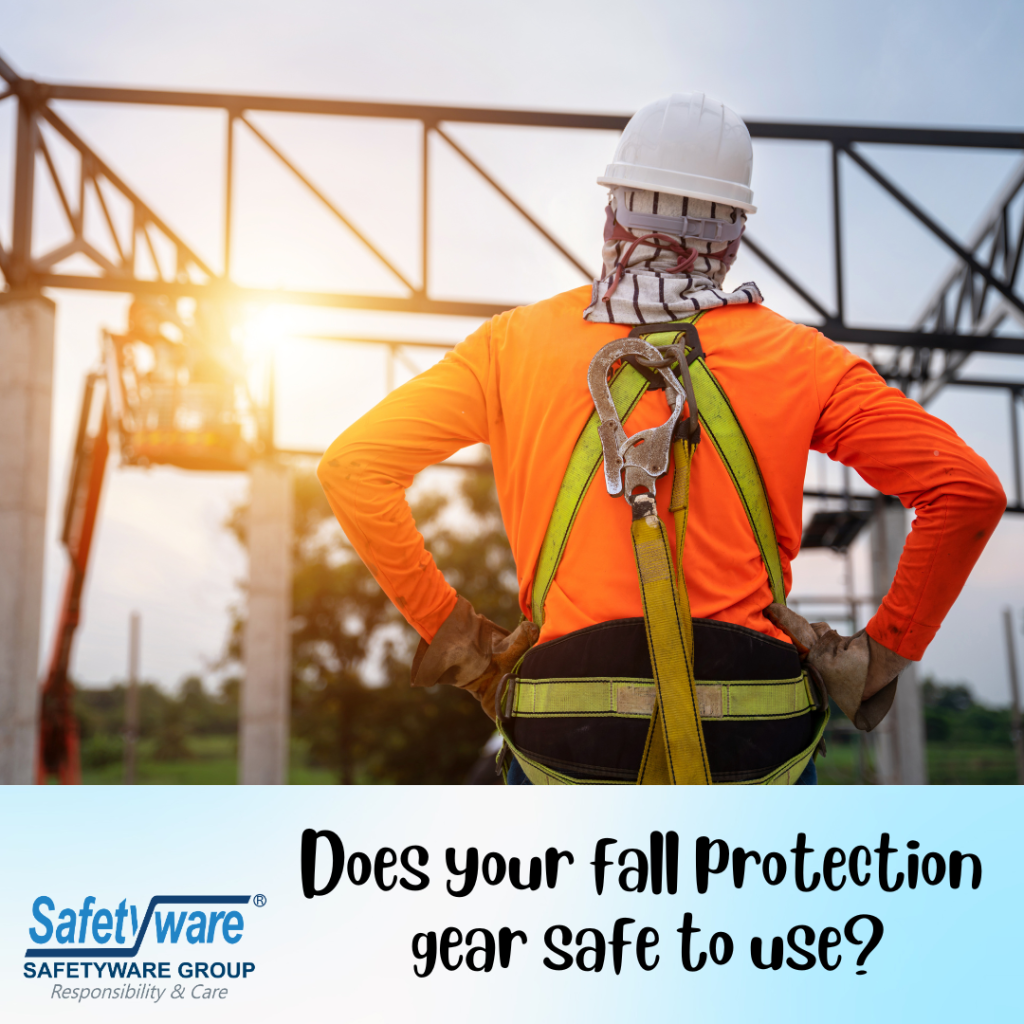KStrong fall protection equipment is designed to ensure the safety of workers at height by preventing falls and minimizing the risk of injuries. Proper maintenance and regular inspections of fall protection gear are crucial to ensure their effectiveness and reliability. Here are some best practices for maintaining and inspecting KStrong fall protection gear:

1. Regular Inspections:
- Conduct regular inspections of all fall protection equipment, including harnesses, lanyards, connectors, and anchor points, before each use.
- Follow the manufacturer’s guidelines for inspection frequency and procedures to identify any signs of wear, damage, or defects.
2. Visual Inspection:
- Perform a visual inspection of the entire fall protection system, looking for cuts, abrasions, fraying, corrosion, deformation, or any other visible damage.
- Check for loose stitching, broken fibers, or missing components that could compromise the integrity of the equipment.
3. Functional Testing:
- Test the functionality of all components, such as buckles, D-rings, snap hooks, and self-retracting chemicals lifelines, to ensure they operate smoothly and securely.
- Conduct drop tests or load tests as recommended by the manufacturer to verify the strength and reliability of the equipment.
4. Cleaning and Maintenance:
- Clean fall protection gear regularly using mild soap and water to remove dirt, debris, and contaminants that can degrade the materials.
- Avoid using harsh , solvents, or abrasive cleaners that could weaken the fibers or damage the hardware.
5. Storage and Handling:
- Store fall protection equipment in a clean, dry, and well-ventilated area away from direct sunlight, heat, moisture, or chemicals.
- Avoid storing gear in areas where it could be exposed to sharp objects, heavy weights, or other potential hazards that could cause damage.
6. Documentation and Record-Keeping:
- Maintain detailed records of inspections, maintenance activities, repairs, and replacements for each piece of fall protection equipment.
- Keep track of inspection dates, findings, corrective actions taken, and the names of individuals responsible for the inspections.
7. Training and Education:
- Provide comprehensive training to workers on the proper use, care, and inspection of fall protection gear.
- Ensure that employees understand the importance of regular inspections and are familiar with the signs of wear or damage that indicate the need for replacement.
8. Replacement of Damaged Gear:
- Immediately remove from service any fall protection equipment that shows signs of wear, damage, or defects that could compromise safety.
- Replace damaged gear with new, certified equipment to maintain the highest level of protection for workers at height.
By following these best practices for maintaining and inspecting KStrong fall protection gear, organizations can ensure the safety and well-being of workers at height, reduce the risk of accidents and injuries, and comply with safety regulations and standards. Regular inspections and proper maintenance of fall protection equipment are essential components of a comprehensive fall protection program that prioritizes worker safety and mitigates risks in elevated work environments.
